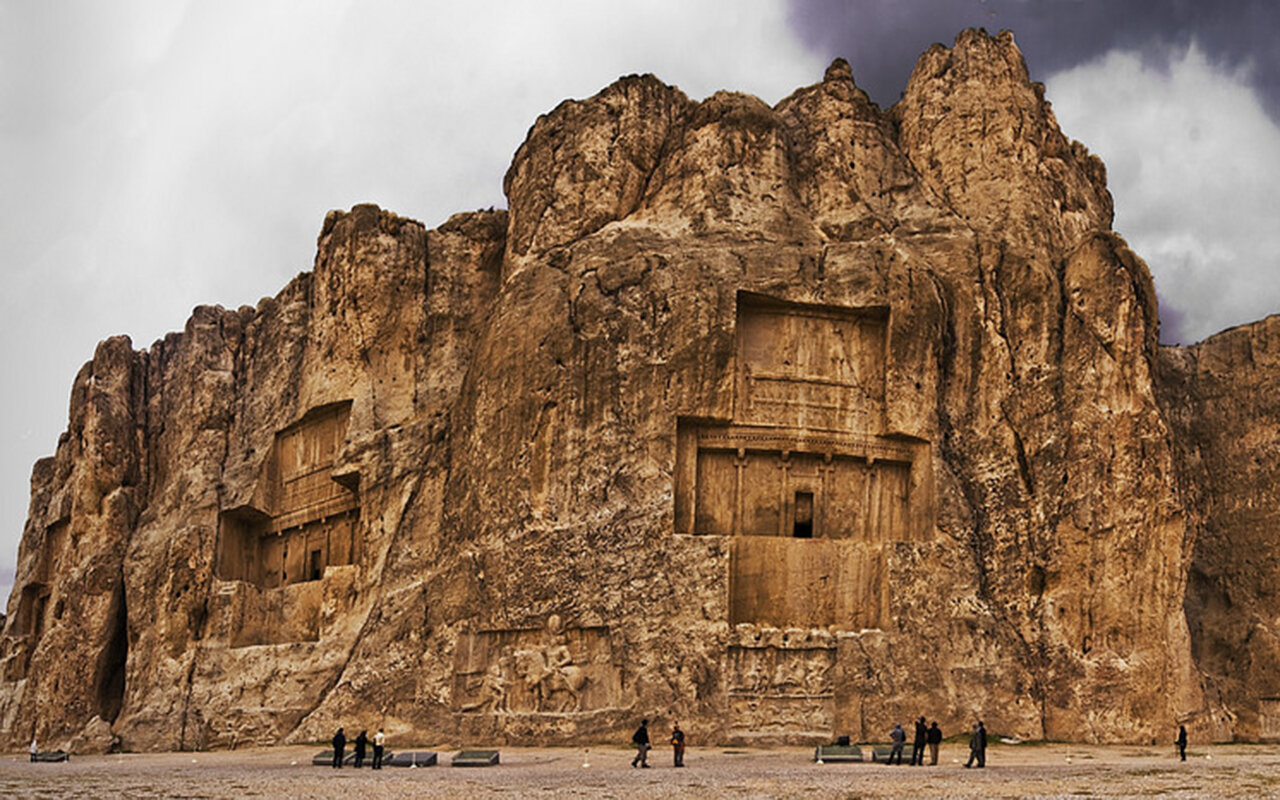Naqsh-e Rostam: limited excavation permit issued to address water penetration

TEHRAN - The head of the Research Institute of Cultural Heritage, Tourism, and Handicrafts has announced the issuance of a limited excavation permit for the ancient site of Naqsh-e Rostam.
Mustafa Dehpahlavan, head of the institute, confirmed the decision during an interview with Borna on Tuesday, following concerns over surface water issues at the site.
Naqsh-e Rostam, located near Persepolis in Fars province, southern Iran, has faced water penetration in some parts due to recent heavy rains, which resulted in subsidence in the area.
Alireza Askari Chaverdi, director of the Persepolis World Heritage Site, has already announced measures to address the situation.
Dehpahlavan explained that the permit allows for the creation of shallow channels to help drain water from cracks and puddles forming on the mountain. “If proper slopes are made, water will quickly flow out of the area, preventing further damage to the site and the surrounding monuments,” he said.
Naqsh-e Rostam is a significant archaeological site, home to ancient rock reliefs and royal tombs dating back to the Achaemenid Empire. Preservation efforts are crucial to safeguard this heritage from environmental threats.
Naqsh-e Rostam houses four imposing tombs believed to be the final resting places of Persian Achaemenid kings—Darius II, Artaxerxes I, Darius I, and Xerxes I, arranged left to right along the cliff face. However, scholarly discourse persists regarding their precise identities.
The necropolis is also an awe-inspiring testament to ancient craft skills, showcases a series of breathtaking Sassanid bas-relief carvings.
At the base of Naqsh-e Rostam stands the enigmatic Ka’beh-ye Zardusht, or the Kaaba of Zoroaster. This square structure, approximately 12 meters tall and 7 meters wide, likely dates back to the early 6th century BC, featuring inscriptions from various periods thereafter.
The name Naqsh-e Rostam, translates to “Picture of Rostam,” pays homage to the legendary Iranian hero celebrated in Shahnameh and Persian mythology. In ancient times, locals mistakenly believed the carvings beneath the tombs depicted scenes from Rostam’s tales.
AM
Leave a Comment